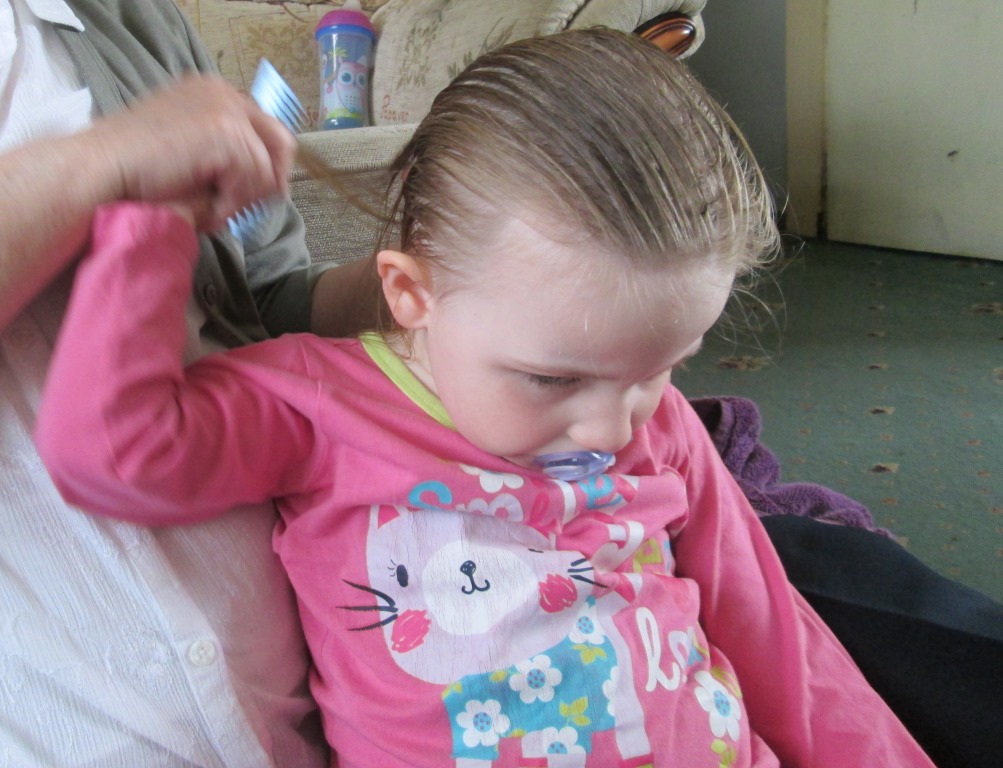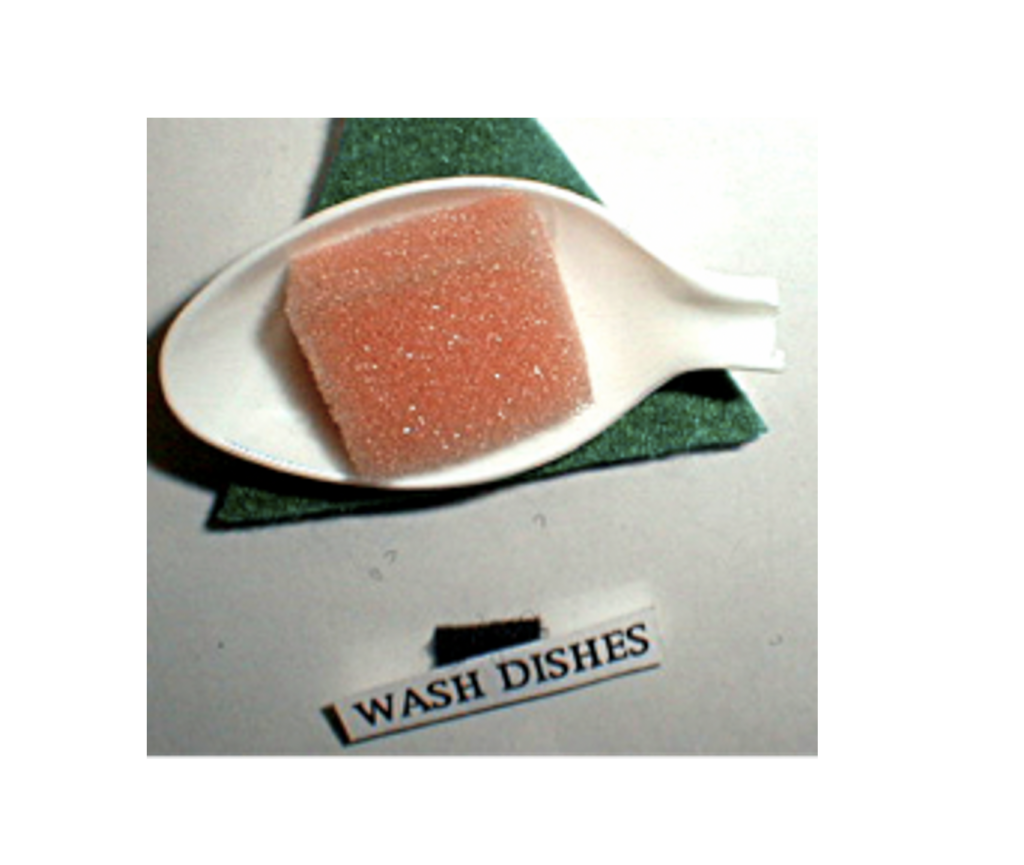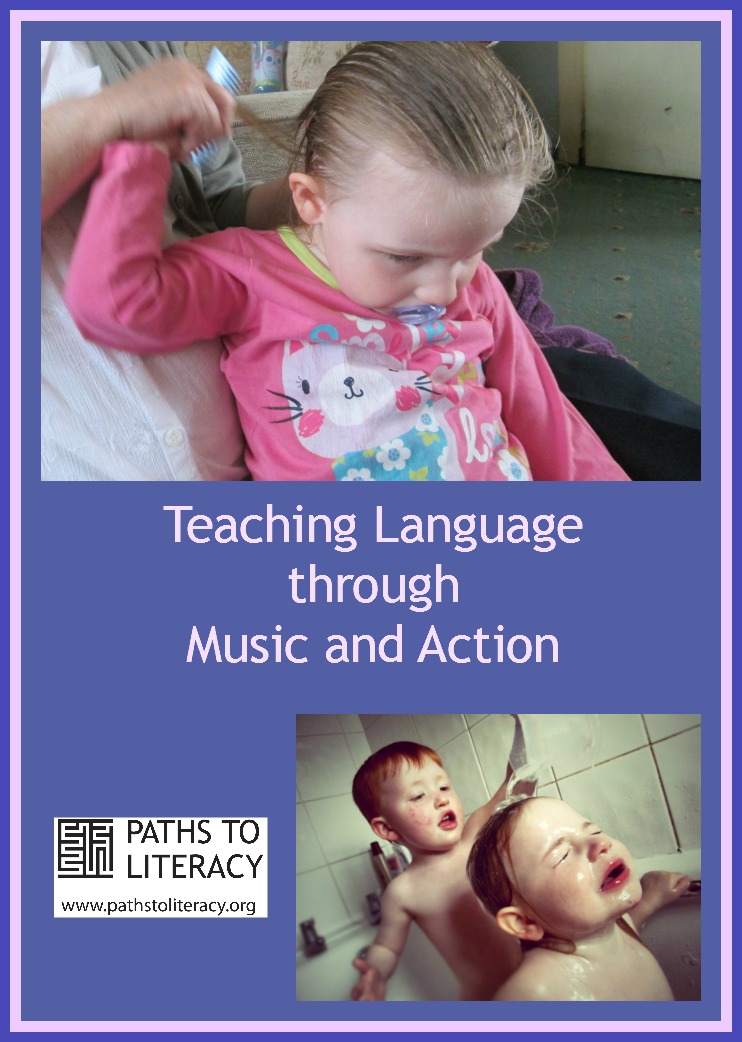 Without reliable access to clear visual information, children who are visually impaired must rely on additional modes of learning, such as through touch and auditory information. So what do you do with a child who will only sing and is reluctant to explore objects with her hand?
Without reliable access to clear visual information, children who are visually impaired must rely on additional modes of learning, such as through touch and auditory information. So what do you do with a child who will only sing and is reluctant to explore objects with her hand?
Well that is my daughter, at 11-months old she was counting from one to ten and singing the alphabet from start to finish, sometimes in French. Nursery rhymes, songs on the radio, Scarlett sung it all. Inserting words I intentionally missed from songs instantly and recalling beats and lyrics perfectly, I thought ‘Scarlett is going to chew my ear off’.
Another year passed and songs were the only things that emerged from her beautiful mouth, she didn’t ask for a drink or food, to be hugged or to play a favourite game. Her singing became more beautiful and tuneful, intricate and advanced, but yet I longed for the day when I would be asked ‘why mummy’, ‘when mummy’ and ‘I want mummy’.
Scarlett was rolling around the carpet and walking at such a great pace, mastering finger food effortlessly and banging on her toys. Wonderful I thought, Scarlett is a motor skills wonder….. Cutlery was first obstacle. This highlighted Scarlett’s reluctance to use ‘tools’, when loaded with food, she could get it into her mouth but as soon as the food was in her mouth she dropped the spoon instantly. Early introduction to the cane also demonstrated Scarlett’s distain for holding items, trying to get her to interact with a treasure basket was near impossible. No matter how inventive and exciting I tried to make the basket, filled with a wonderful array of tactile delights she just will not explore the items.
Language development utilising ‘normal routes’ was becoming very testing.
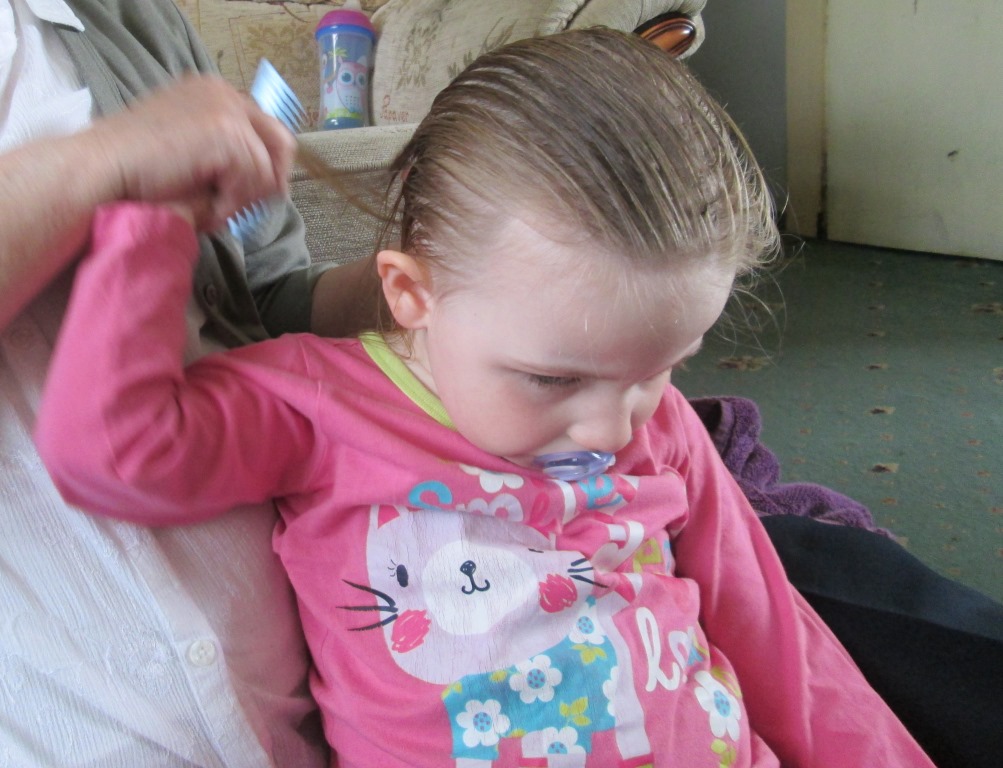
When brushing Scarlett’s hair we accompanied the action with song ‘This is the way we brush your hair, brush you hair, brush you hair’ and suddenly Scarlett started singing the song, she even grasped the brush and completed the action herself, she was also far calmer during the activity which was wonderful. In the evening, when she emerged from the bath and I turned her back around towards me she would start with the song again. Not only was she ‘labelling’ the action and the item being used, but she was pre-empting the routine.
After the success of this we have ‘branched out’ the very simple song to different activities. Wash your hair, brush your teeth, push the trolley (shopping carts). Scarlett is using the song to label a variety of activities in and out of the home. When I tell her we’re going shopping and we pull up in the car at the supermarket Scarlett will start with ‘This is the way we push the trolley, push the trolley, push the trolley’. Scarlett walks confidentially around the whole supermarket holding and pushing the trolley and singing the song.
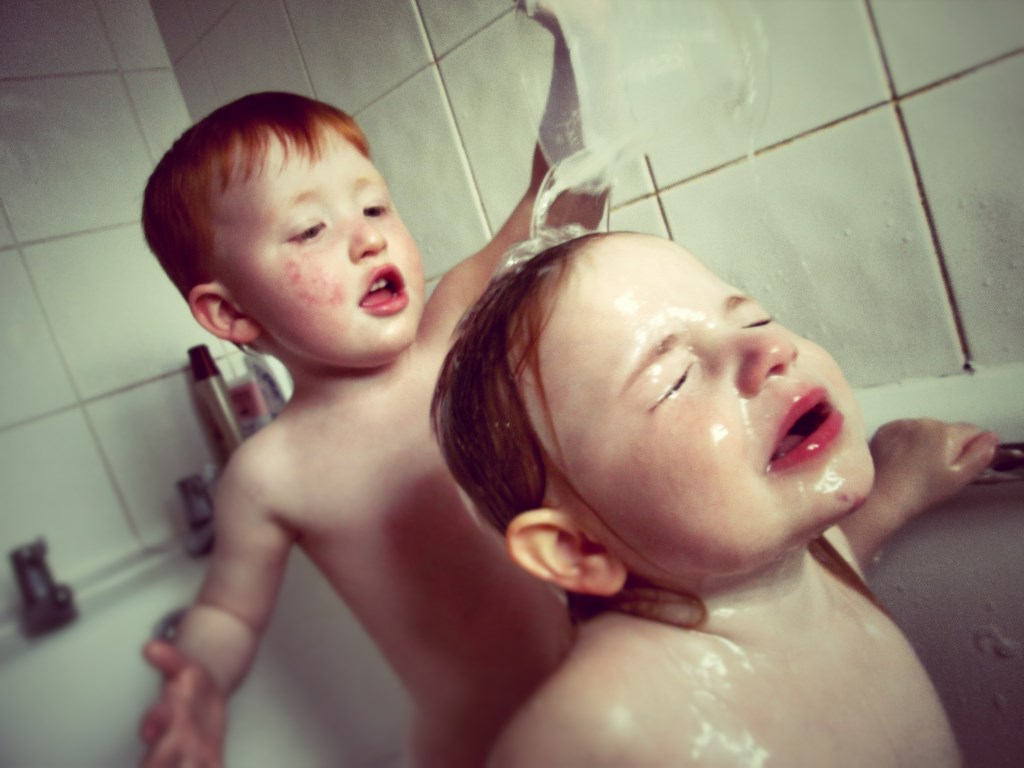 Now with the ability to identify a trolley and what we do with it when shopping, through song yes, but regardless she has labelled. This song and its ability to tap into whatever it is that makes Scarlett attach language and handle an item is working.
Now with the ability to identify a trolley and what we do with it when shopping, through song yes, but regardless she has labelled. This song and its ability to tap into whatever it is that makes Scarlett attach language and handle an item is working.
So although she may not be ready to say the word yet, or explore the item to label it, she is growing her language, increasing her understanding, identifying routines and having a great time doing it!

